TestDriver
Registered User
Here are some pictures of the tank heater I just put into my truck.
I ran some insulated heater hose to the front tank where the heater is installed and went for a test drive. The hose itself gets plenty warm on the return side and the exchanger is hot to the touch on top of the tank. However, I was unable to run oil out of it without getting the filter light to come on the first few times I tried it out.
My theory is that the lines from the tank are loosing heat too fast and the oil thickens up along the lines before it reaches the engine bay. The fourth time I tried it, I kept the electric pump going and this kept the filter light from coming on. I turned the pump off after a few minutes and was able to drive normally but all in all, it was only a minor success. I need to get this so I can drive on oil during my short, 14 mile commute. When I returned home from my 30 mile test loop, the front tank was not cold but it was not warm either though outside temps are about 30.
In the plans are, insulation for the fuel line past the selector valve and a silicone pad heater for the bottom of the front fuel tank that will be wired with the block heater. I also need some kind of wind blocker for the front of the grill. I hear Tractor Supply has them and will visit them soon.
I ran some insulated heater hose to the front tank where the heater is installed and went for a test drive. The hose itself gets plenty warm on the return side and the exchanger is hot to the touch on top of the tank. However, I was unable to run oil out of it without getting the filter light to come on the first few times I tried it out.
My theory is that the lines from the tank are loosing heat too fast and the oil thickens up along the lines before it reaches the engine bay. The fourth time I tried it, I kept the electric pump going and this kept the filter light from coming on. I turned the pump off after a few minutes and was able to drive normally but all in all, it was only a minor success. I need to get this so I can drive on oil during my short, 14 mile commute. When I returned home from my 30 mile test loop, the front tank was not cold but it was not warm either though outside temps are about 30.
In the plans are, insulation for the fuel line past the selector valve and a silicone pad heater for the bottom of the front fuel tank that will be wired with the block heater. I also need some kind of wind blocker for the front of the grill. I hear Tractor Supply has them and will visit them soon.

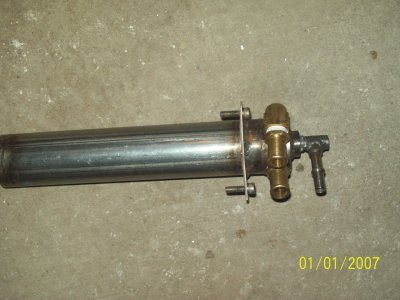
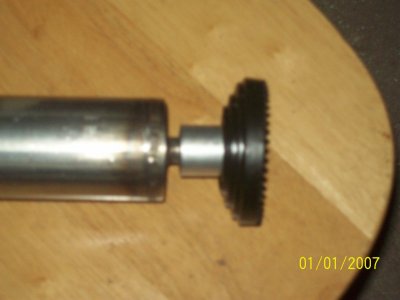
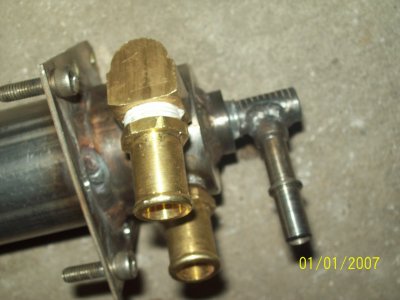
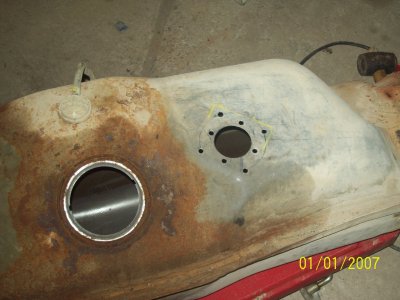
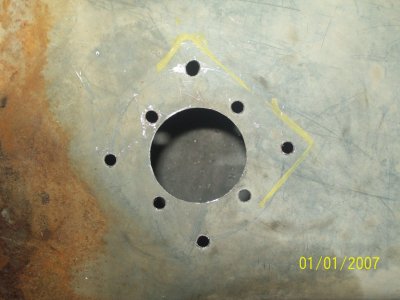
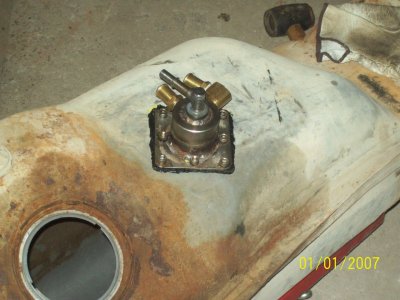
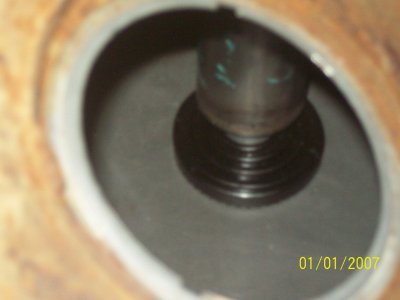
 ) mabe i should try that to help the fuel in the winter? any ill effects in the summer i'd have to worry about?
) mabe i should try that to help the fuel in the winter? any ill effects in the summer i'd have to worry about?